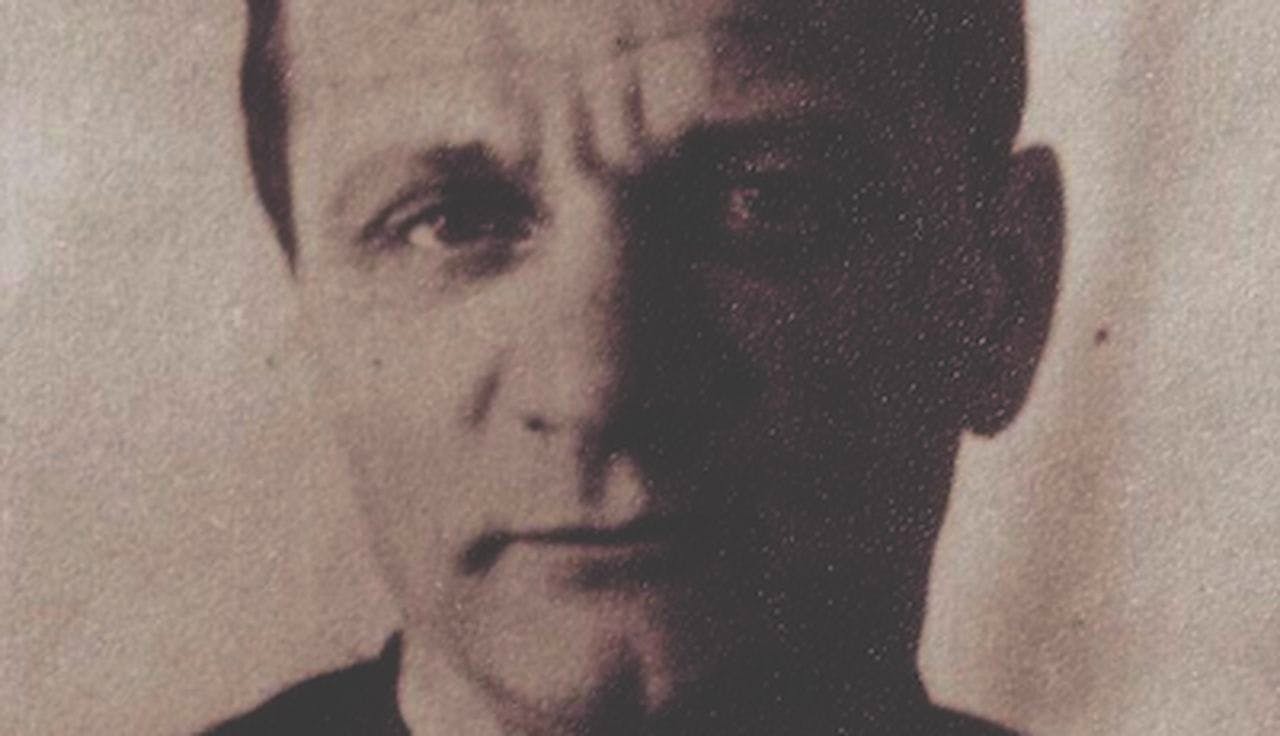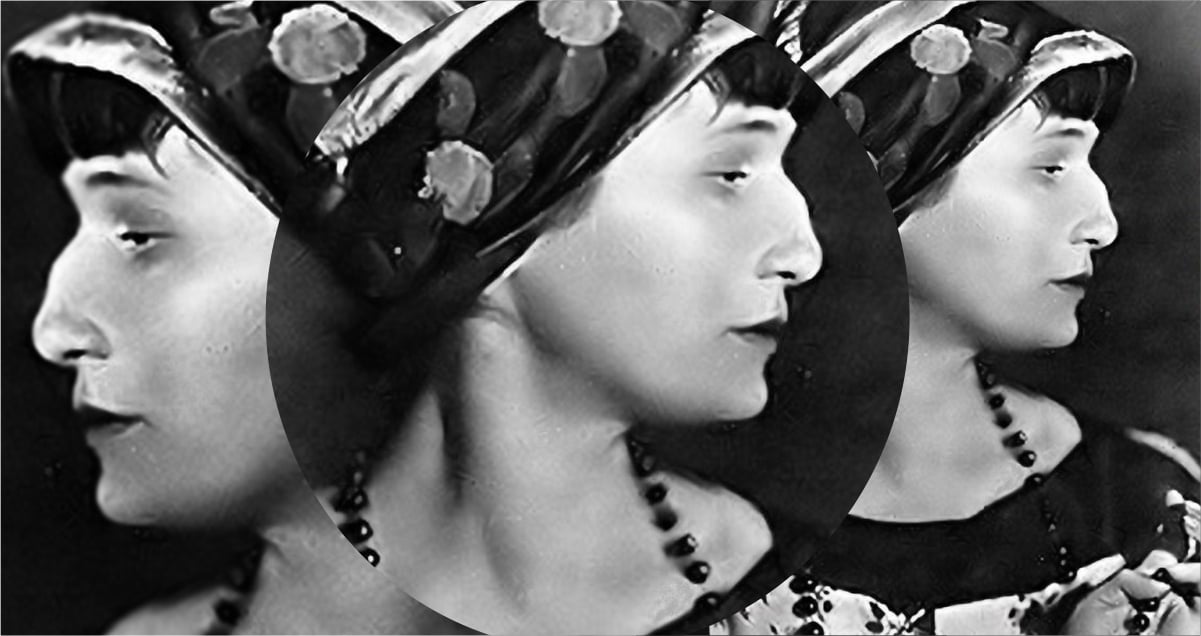Wisława Szymborska: where to start with her literature
Famously self-effacing, Polish poet Wisława Szymborska liked to refer to her Nobel win as “the Stockholm tragedy.” Receiving the prize in 1996, she cut an awkward figure in the Swedish Academy’s hallowed halls, bristling at the stage-managed bows and eventually skipping her own reading. Even so, she struck up a friendship with the King of Sweden – though all photos of the pair sneaking out for cigarettes were then seized by the crown, fearful the chain-smoking retiree from Kraków might set off a national scandal.
Scores of similar anecdotes cement Szymborska’s reputation as one of Poland’s most beloved authors. Right up to her death from lung cancer in 2012, she steered clear of society events and self-congratulation. Her work likewise eschews lofty abstractions and ideological fervour. Coming of age in the 1940s, Szymborska was quick to disavow her early pro-Communist poems, commenting that she’d learnt to “value loving individuals over loving humanity in the abstract.” (A later collection, 1957’s Calling Out to Yeti, wrily compared Stalin to “the abominable snowman.”) She was unafraid to take on the weightiest themes – the nature of reality; the rise and fall of civilisations; war, terrorism and death. Yet her dry wit and understated elegance consistently set her apart. Her language is rooted in everyday speech, simple yet stunningly capacious; her gaze searching yet tender towards those cast adrift by history. Few poets have matched her ability to discern the depths within the domestic: some of her boldly philosophical works begin with grains of sand and family snapshots.
Unsurprisingly, Szymborska’s writing travels well, aided by Clare Cavanagh and Stanisław Barańczak’s pitch-perfect translation. Her belief in poetic economy extended to her own output: when asked why she had published so little, she was said to retort: “I have a rubbish bin at home.” This beginner’s guide journeys through some of the best works that escaped it.
Wisława Szymborska in 2009. Image: Mariusz Kubik/Wikimedia Commons under a CC licence
Cat in an Empty Apartment
One of Szymborska’s best-loved poems, the 1991 “Cat in an Empty Apartment” is an affecting meditation on the strangeness of loss. (“Die – you don’t do that to a cat. / Since what can a cat do / in an empty apartment? / Climb the walls? / Rub up against the furniture? / Nothing seems different here / but nothing is the same.”) Written shortly after the death of Szymborska’s partner, Kornel Filipowicz, it references his beloved companion (a 2016 collection of the pair’s letters highlights a line from one of Szymborska’s: “Your cat has it the best in this life, because he stays by your side.”)
The poem explores the disorienting, debilitating nature of grief. Death stays stubbornly incomprehensible, even as daily rituals are shattered. (“Footsteps on the staircase, / but they’re new ones. / The hand that puts fish on the saucer / has changed, too. (…) / Someone was here, always here, / then suddenly disappeared / and stubbornly stays disappeared.”) A quiet intensity sizzles under the surface: “Every closet’s been examined. / Every shelf has been explored. / Excavations under the carpet turned up nothing. / A commandment was even broken: / papers scattered everywhere.” Then, resignation sets in, as the cat waits for his delinquent caretaker to show up and atone. The author knows better than to draw parallels – but aren’t humans just as helpless as we lurch from regret to denial?
Szymborska wasn’t one to claim faith in immortality. Yet in this oblique elegy, her last love finds a poignant and enduring expression. Restrained yet full of emotion, outwardly simple yet banishing all certainties, “Cat in an Empty Apartment” is a fine introduction to her poetic universe.
View with a Grain of Sand
This 1986 poem, which gave the title to a 1995 anthology, illustrates Szymborska’s wry wit as much as her sense of wonder. In seven clear and crisp stanzas, it ponders the usefulness of our orderings of the natural world. (“We call it a grain of sand / but it calls itself neither grain nor sand. / It does just fine without a name, / whether general, particular, / permanent, passing, / incorrect, or apt. / Our glance, our touch mean nothing to it. / It doesn’t feel itself seen and touched.”)
One online reviewer calls “View with a Grain of Sand” a “landscape painting with a twist”: the lakeside scene it conjures up serves to probe the relationship between external reality, perception, and language. (“The lake’s floor exists floorlessly, / and its shore exists shorelessly. / Its water feels itself neither wet nor dry / And its waves to themselves are neither singular nor plural.”)
It all adds up to a sobering reminder of human insignificance amid earth’s “skyless skies”, and of the questionable nature of our solemn truths. This skepticism runs through Szymborska’s wider work, her mind as critical as it was restless. Neither does poetry itself escape unscathed (“Time has passed like a courier with urgent news. / But that’s just our simile.”) Here is a writer for whom doubt is a natural condition – yet the same language she decries as suspect is an endlessly pliable tool in her hands.
Map: Collected and Last Poems
Map (2016) is perhaps the definitive anthology of Szymborska’s work in English. It charts the poet’s journey from 1940s juvenilia to her last Polish collection, Enough, previously untranslated and included here in its entirety. Szymborska first-timers can expect a roll-call of her signature works, such as “Nothing Twice” (“Nothing can ever happen twice. / In consequence, the sorry fact is / that we arrive here improvised / and leave without the chance to practice”) and “Conversation with a Stone” (“I don’t have much time. / My mortality should touch you. / I’m made of stone, says the stone, / And must therefore keep a straight face. / Go away. / I don’t have the muscles to laugh.”)
Other works see the poet respond to contemporary events (“Vietnam”, slight yet edged with steel, needs few words to convey the horrors of war) and revisit familiar dramas from unexpected vantage points (“Lot’s Wife”, “Monologue of a Dog Ensnared by History.”) Elsewhere, she pokes gentle fun at her own livelihood (“Some People Like Poetry”) and adjacent artistic professions (“Ageing Opera Singer”), though it does not stop her from marvelling at humankind’s inventiveness (“Archaeology”; “A Palaeolithic Fertility Fetish.”) In these poems, as elsewhere, wonderment appears to be Szymborska’s native language. Yet however varied her subject matter, and however wry the tone, her “thirst for the surprise of fresh perception” keeps both despair and jadedness at bay.
How to Start Writing (and When to Stop)
This 2021 humorous “how-to” manual offers readers a privileged glimpse into Szymborska’s creative principles. Her reviews of manuscripts sent to the Kraków journal Literary Life revel in her trademark absurd humour. (She likens a “formally daring” free verse submission, sadly pockmarked with clichés, to “an Alfa Romeo which won’t start because we insist on filling up with horse feed.”) She steers aspiring authors away from literary bombast, instructing one to “take the wings off and try writing on foot, shall we?” She also punctures the myth of “divine inspiration”: “It’s all very sweet to tell friends that on Friday at 10.45pm, we were possessed by the spirit of poetry… great poets liked to spin such stories, but at home, they quietly edited this divine dictation.”)
This slim book also showcases Szymborska’s less-heralded oeuvre – her irreverent, deliriously inventive homemade collages, prepared for friends and favoured colleagues, which have only recently found a wider audience. The end result is a portrait of a writer as accessible and unpretentious as she was serious about preserving her craft.
Non-Required Reading: Prose Pieces
Another fruit of Szymborska’s long-time collaboration with Literary Life, this essay collection plunges the reader into a weird and wonderful world of associations. For years, the poet wrote a column spotlighting new books which caught her interest – whether august academic monographs, guides to orchard cultivation, or suspect self-help fare sourced from the US. (Szymborska’s disregard for the boundaries between “high” and “low” culture is well-documented: she spoke at length of her fascination with the TV show Dynasty, in which she saw “motifs from Greek mythology, recycled and made palatable for a contemporary mass audience.”)
Yet few of the pieces found here are conventional reviews. In the preface, Szymborska states her desire to “remain a reader, an amateur, and a fan, unburdened by the weight of ceaseless evaluation.” True to this commandment, she uses her “non-required” reading to launch free-wheeling ruminations on anything from female pharaoh Hatshepsut to “the psychic life of pets.” As ever, she wears her erudition lightly: though most scientific and historical facts are carefully sourced, the language is steadfastly casual (“I know that airing my grievances in the columns of Literary Life won’t help matters, but I’m miffed.”) Wonderfully eclectic, endlessly inquisitive, and often riotously funny, the book is a hymn to “the most glorious pastime humankind has ever devised.” What hobby other than reading, Szymborska asks, allows us to “eavesdrop on Montaigne’s arguments or take a quick dip in the Mesozoic”?


